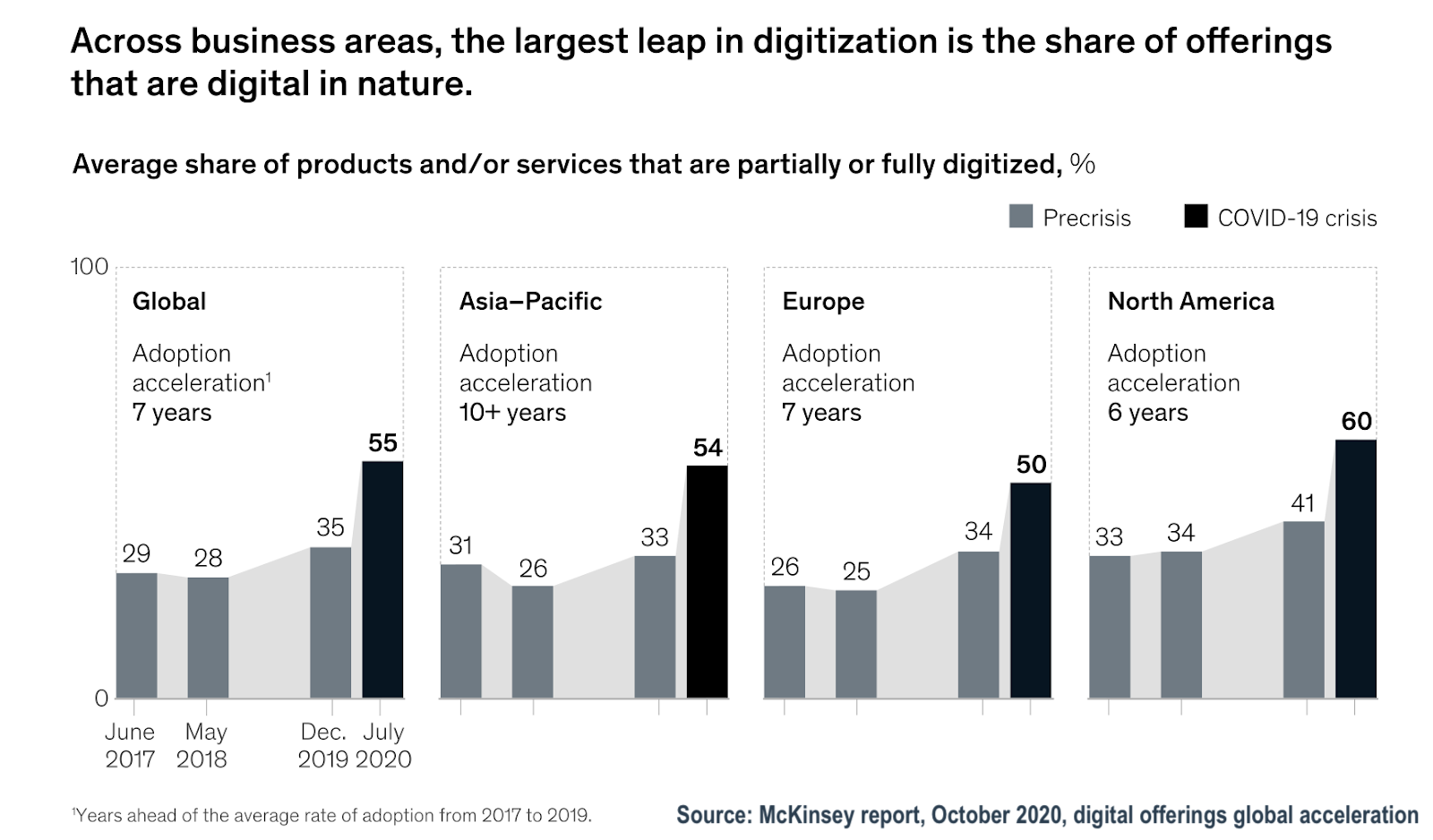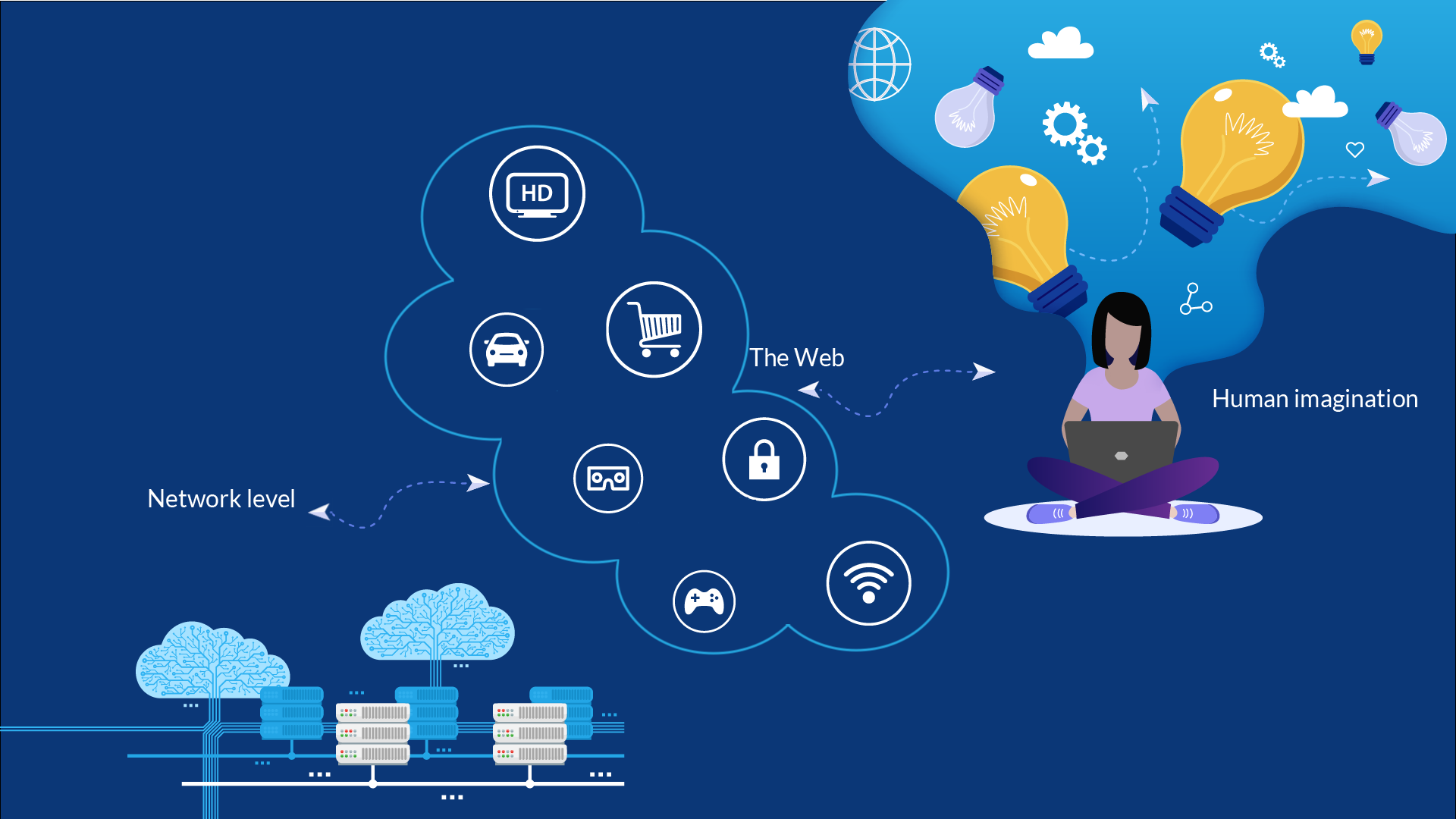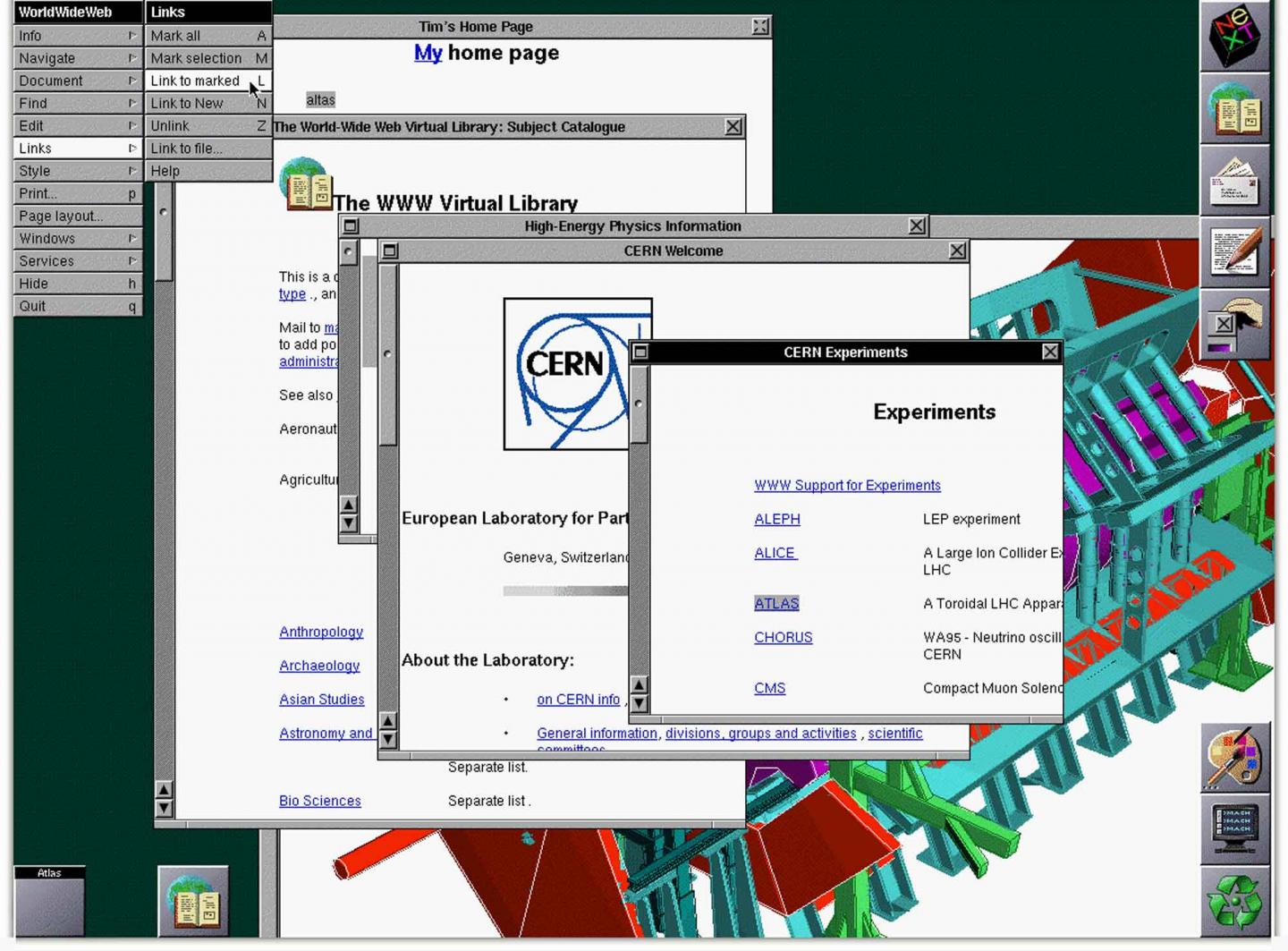Centrality of W3C as the Web accelerates to meet society's growing needs
Today we are releasing to the public the April 2021 edition of the W3C Strategic Highlights, our semi-annual report about the tremendous work to enhance, grow and strengthen the Web platform. This document focuses on progress in key areas of the web, how the Web Consortium meets the needs of industry and society as a whole.
Today also marks the anniversary of the release of the World Wide Web into the public domain, for general use, and at no cost, on 30 April 1993 by CERN. This quiet gesture, advocated by Web inventor Tim Berners-Lee, has had implications beyond what anyone imagined at that time: the Web has changed our lives.
I would like to use this anniversary to reflect more broadly on the importance of this infrastructure in today's world.
The world's premier information commons
Billions of people use the Web every day. It is one of the most significant and powerful inventions of our time. The Web fosters communication, collaboration, education, entertainment, innovation, and democracy on a global scale. The W3C Community has helped weave a Web that empowers all of us to expand our potential as humans. W3C global web standards are the building blocks for more than a billion web sites, trillions of dollars of online commerce, and myriad transformative phenomena.
In 1994, the year following the release of the code of the Web to the public, Tim Berners-Lee launched the World Wide Web Consortium (W3C) to ensure the long-term growth of the Web. The Web Consortium leads the Web to its full potential by convening more than 400 members, industry, researchers, and the global web community to create open standards –meeting the requirements of web accessibility, internationalization, privacy, and security– to power the Web experience. Web standards are the blueprints for the digitally connected world. W3C standards make the Web works, for everyone.
The increasing impact of the Web
Our future vision is anchored in today’s reality. Since early 2020, the world has accelerated its movement from physical interaction to virtual. This is exciting, humbling - and troubling that it was a byproduct of a public health nightmare. Statistics abound that speak to the centrality of the Web.
Whether it is e-commerce, remote learning, telehealth, conducting business in new ways, entertainment, or staying in touch with family and friends, we know this acceleration will continue. The web has become a key technical infrastructure for the global society. If there was ever a question about the mission of the Web Consortium to build a web that works for all of humanity – the last 14 months have brought our calling into absolute clarity.
We are proud that the Web Consortium’s work has been essential to the ways in which our world has met the challenge of the past year of crisis and in providing solutions for what will come next.

The bridge between network and human imagination
For over 25 years, the Web Consortium has been working at the nexus of three axes: core technology, industry needs, and societal needs. Our proven open standards development forum and process enable software –and programmers– to work together without explicit coordination, on a royalty-free basis, with wide input, rapid iteration, and testing.
Though not well-known by the general public, the Web Consortium has earned recognition for its global impact: our accessibility standards have been adopted as requirements by regulatory bodies throughout the world. Our organization has won two Emmy Awards: in 2016 for making online videos more accessible with captions and subtitles, and again in 2019 for standardizing a Full TV Experience on the Web. The Web Consortium's impact extends even beyond this planet: NASA has used W3C standards in the Spirit, Opportunity, and Perseverance Mars rovers.
This pattern of solving problems critical to society, helping them scale to the web level, ensuring interoperability while addressing challenging problems of security, privacy, performance, accessibility, and internationalization is the sine qua non for society and the raison d’être of W3C.
There are numerous ongoing and future projects on the W3C roadmap:
- Now more than ever, the Web Consortium's work directly supports the move from physical to virtual (e.g., WebRTC recently became a standard) as well as innovations that address the needs of a changing society.
- As browsers drop third-party cookies, we're looking at privacy-preserving alternatives to cross-site tracking that can provide monetization opportunities for online publishers and marketers on the open web.
- The Chinese tech community has asked W3C to be the standardization venue for MiniApps – hybrid apps that leverage both native platforms and key web technologies, which need to work for everyone. This means enabling global interoperability and maximizing the convergence between the miniapps platforms and the Web.
- As the breadth of our work has expanded, we continue working in many areas of the Core web. Key examples are CSS, Web Application Security, Performance, Graphics APIs, Service Workers, and WebAssembly.
- We are streamlining e-commerce, enabling immersive applications, looking at the exploitation of high speed, low latency networks (e.g. 5G), streaming in media and entertainment – and many more.
The web, sitting at the interface between what the network provides and what the human imagination craves, will always provide us with new challenges.

Re-launching ourselves for the next 25 years
The Web is a force for good that has catalyzed major social changes. At the same time, the Web's phenomenal success has led to many unintended consequences such as scams, phishing, fraud, business models based on data exploitation, misinformation, etc. We must take steps to address the unintended consequences of the standards we develop.
Our Advisory Board has been publicly developing a stronger vision statement for the Web Consortium and welcomes input from the broader community. The vision builds on –and complements– the Technical Architecture Group's excellent Ethical Web Principles published in 2020. Aiming to give the Web Consortium a new focus to improve the Web’s Integrity, reaffirmed values and principles map out the course for W3C to turn vision into action for the next 25 years.
One of these strategic goals is to strive for greater diversity and inclusion. As we continue to champion accessibility and internationalization as core principles for the Web, we must attract participants from different geographical locations, cultures, languages, accessibility needs, gender identities, and more. This applies as well to greater organizational diversity and inclusiveness – an area that we have been paying attention to for a few years, and where we make little but encouraging progress. Over the past couple of years, we have put this issue to the fore and been challenging our Members to consider diversity when proposing people to participate in W3C groups.
I hope you contribute to this important work. Human civilization is at an extraordinary juncture. The Web Consortium is in an incredible position to host the open forum where diverse voices from different parts of the world come together to incubate and build the global standards for web technologies.



Thanks for your work, time and dedication.